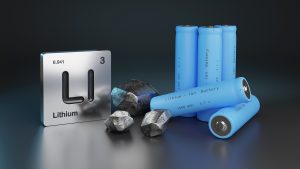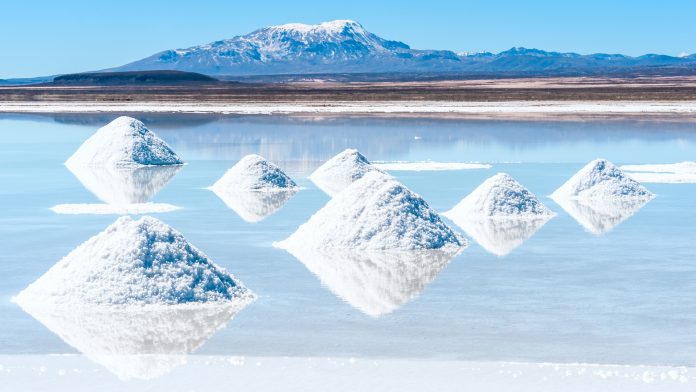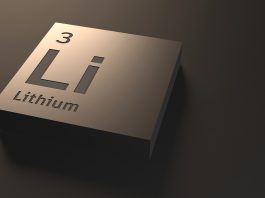Lithium has emerged as one of the hottest global commodities in recent years, touted as the “white gold” that will fuel the green energy transition. However, many people are unaware of the vast uses of lithium and how this essential element of a net-zero future is sourced.
Although we rely on lithium constantly for a range of everyday technologies, how much do we really know about this vital metal? What is lithium used for, and where does it come from? To answer these critical questions, Brent Wilson, the Founder and CEO of the leading geoscience exploration company Galvanic Energy, details how lithium is obtained around the world, its essential role in decarbonising the planet, and how the US is positioned to meet supply chain needs.
Lithium – the source of green energy
So, what is lithium used for? Lithium is an essential ingredient used for developing rechargeable batteries that power our devices and vehicles. Many aspects of our lives, such as communicating or working on smartphones, tablets, or laptops, are made possible thanks to lithium. However, more recently, the global demand for lithium has grown exponentially, in part due to an increase in electronics, but predominantly due to the boom of electric vehicles (EVs).
Current EV batteries contain around 10kg of lithium, meaning the global supply of the element needs to increase drastically to meet the demand. Looking to the future, it is clear that lithium will soon become the lifeblood of the world’s transportation system, but current reserves are insufficient. As a result, exploration geologists are scouring the Earth for lithium, but where does it come from?

Where is lithium sourced?
Lithium can be found in coarsely crystalline granites called pegmatites – igneous rocks formed from magma that has slowly cooled within the Earth. Hard rock miners aim to find lithium-rich minerals such as spodumene, petalite, and lepidolite in volcanic ore bodies, which are usually located in Western Australia. When discovered in these forms, miners must excavate the Earth to remove these materials.
Elsewhere in the world, such as in the Andes of South America, lithium-rich rocks and sediments can be uplifted by the mountains. After eroding naturally, they can be dissolved by rainwater and snowmelt, eventually becoming concentrated in valley basins or salt plains called playas.
Despite these lake beds being dry at the surface, lithium can be concentrated in the brines lying beneath. Some mining companies pump this into massive evaporation ponds that are used to separate lithium concentrate from other chemicals.
Although substantial quantities of hard rock and brine reserves have already been discovered globally, the U.S. Geological Survey (USGS) has evaluated future alternative resources.
The potential of the US to climb the global supply chain
Previous reports suggest that 8% of known global lithium resources are found in sedimentary deposits, including clay and lacustrine deposits. A 2019 USGS study aimed to evaluate all potential lithium resources around the Great Basin of the western United States, including these sediments and other sources, such as geothermal brines and volcanic ash beds.
A range of mining companies have rapidly proposed projects in those areas; however, projects in the Salton Sea have been hampered by challenges associated with searing temperatures of the brine and the volcanic ash beds of Clayton Valley and Thacker Pass have yet to be produced due to environmental challenges and political red tape.
A further source identified by the USGS that is yet to be exploited is oil and gas reservoirs, although a few projects in Arkansas, Utah and Alberta, Canada, are in the early stages of development. Moreover, identifying similar lithium reservoirs has been inhibited by limited data, access to these deep formations, and scepticism towards extraction technologies, although some methods are showing potential.
It is apparent that there are plentiful amounts of lithium located within the Earth’s crust, although finding economic concentrations and amounts that can be produced in an environmentally friendly manner are still challenging. Galvanic Energy is pioneering less-invasive extraction processes to acquire the element sustainably and power the green transition.
To find out more about the company’s leading research and technology, please consider visiting its partner page.









